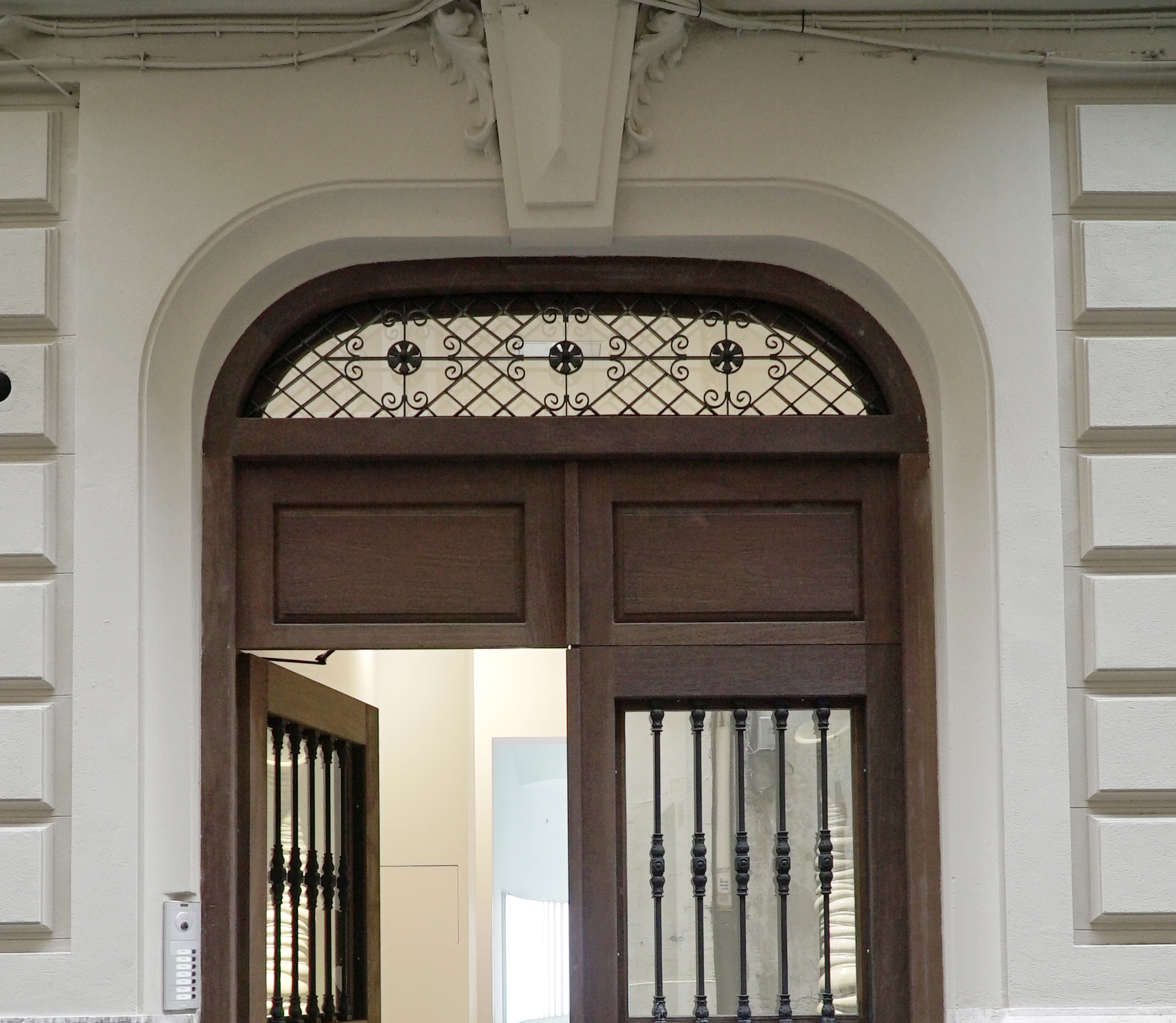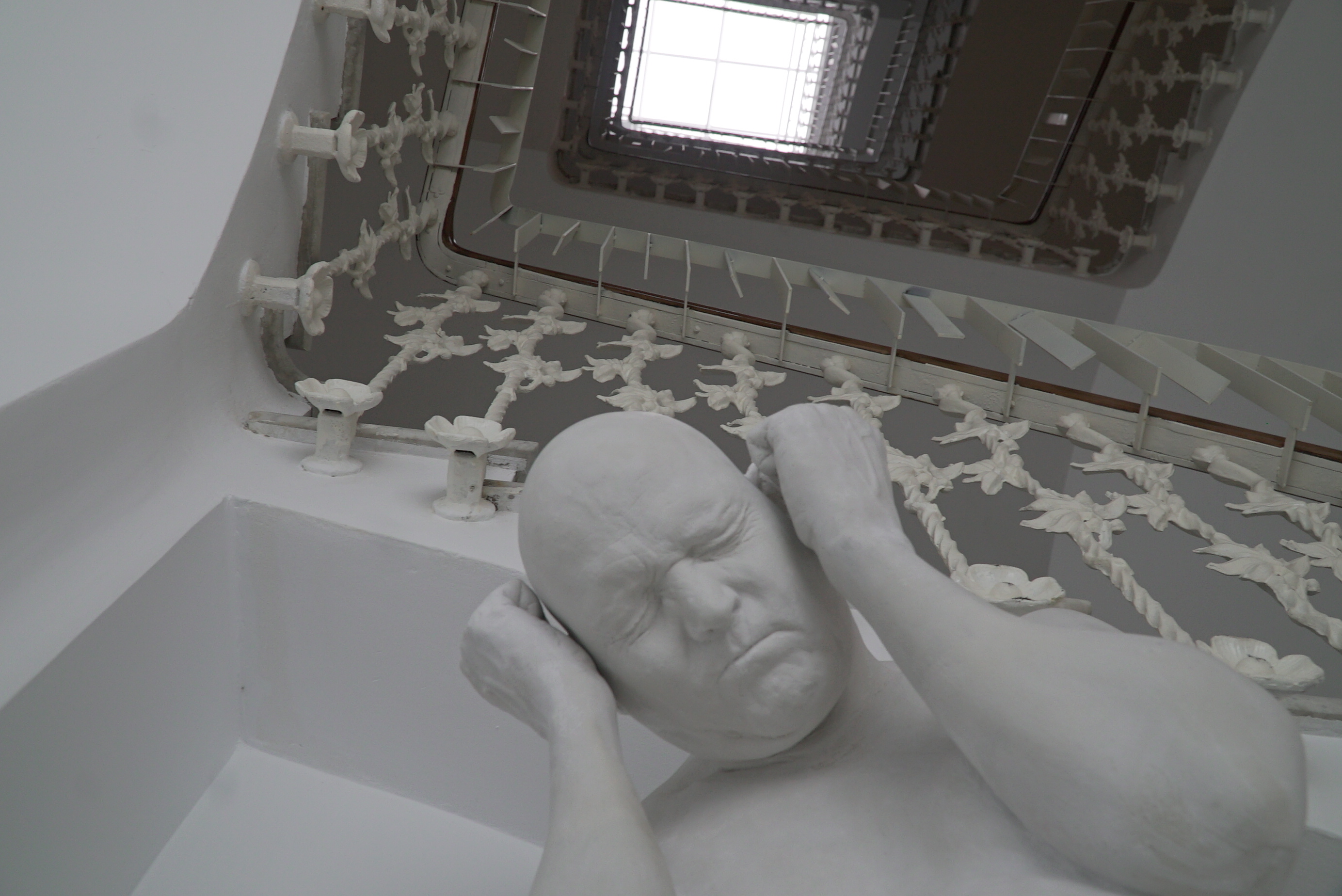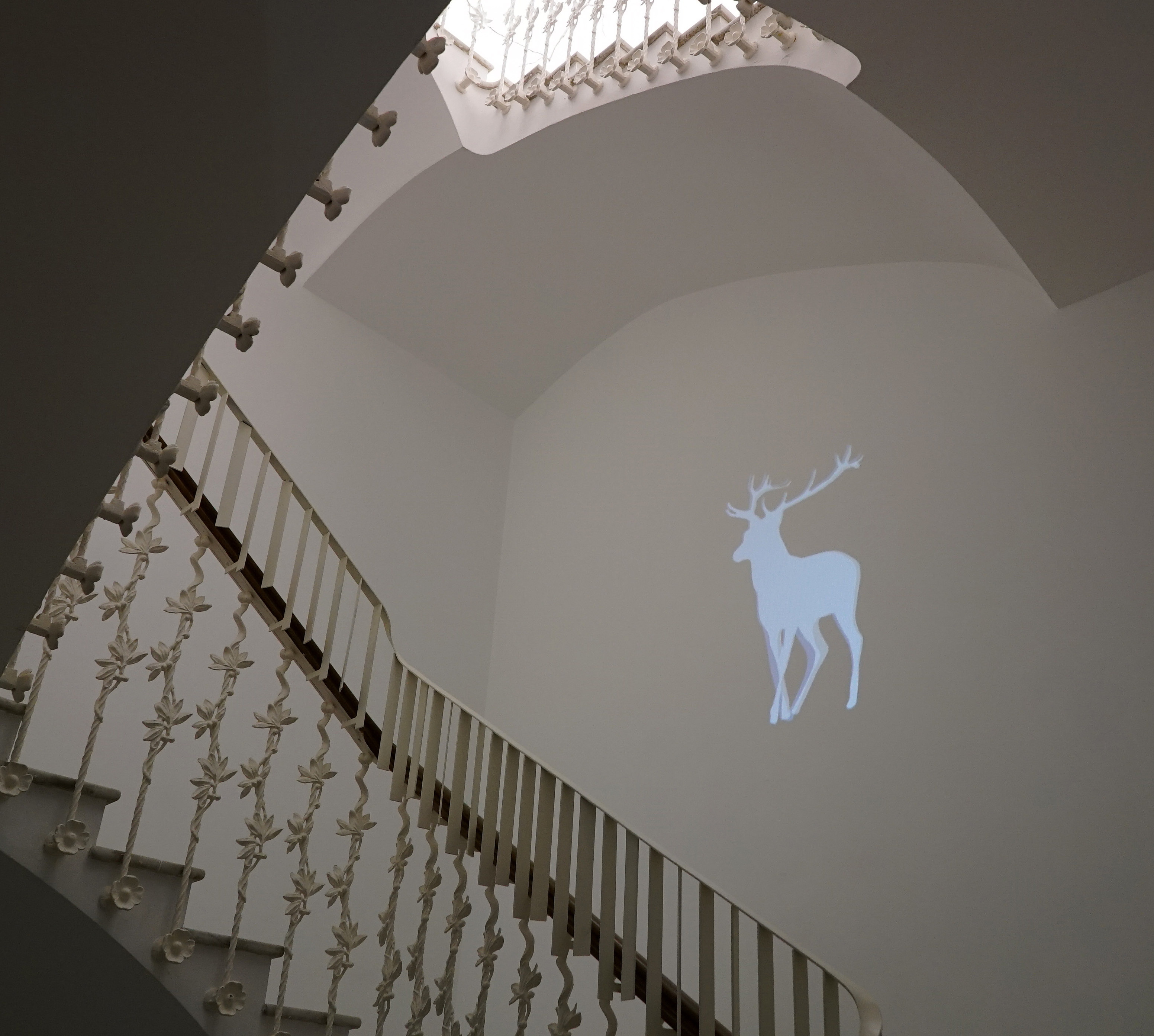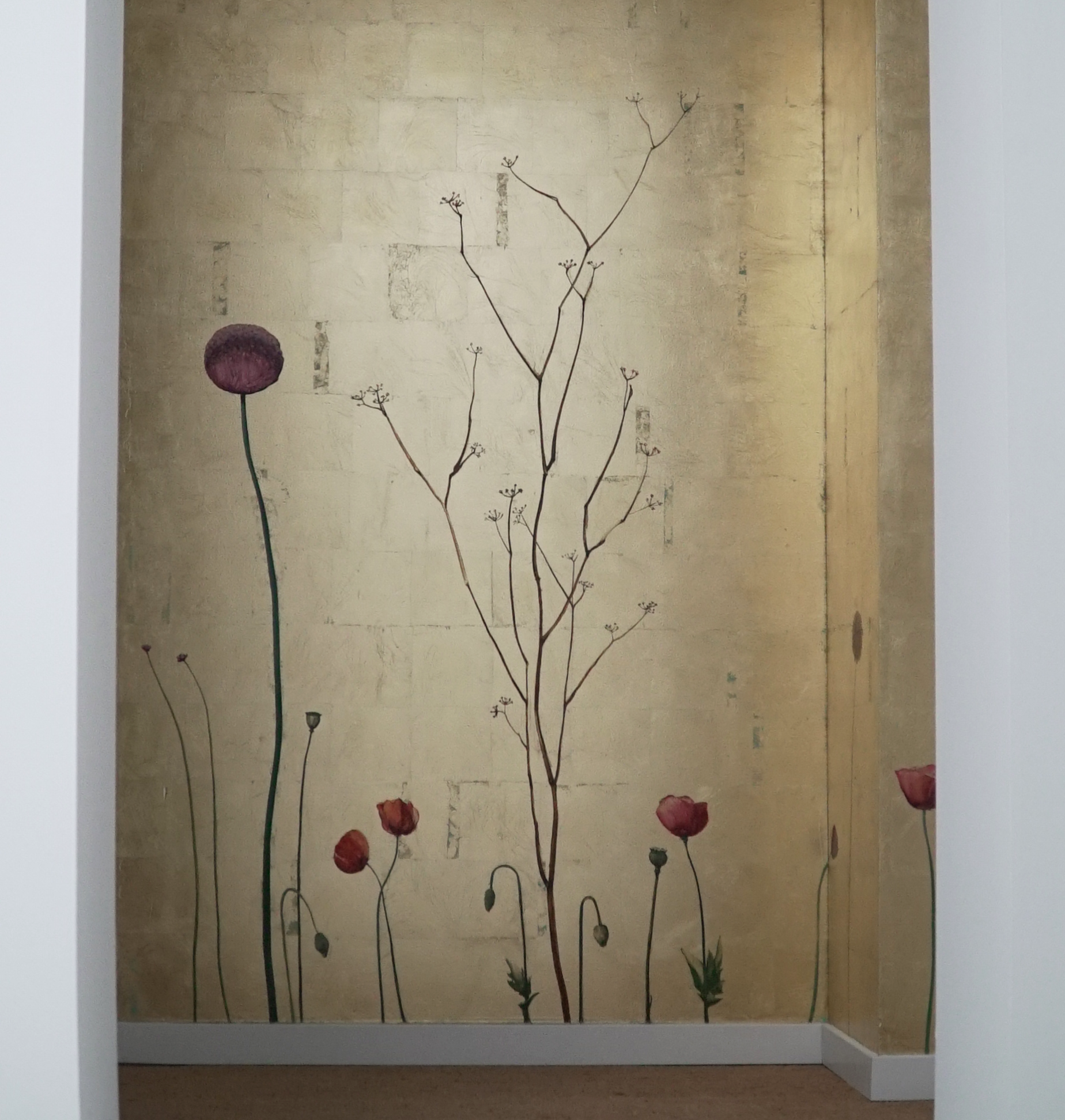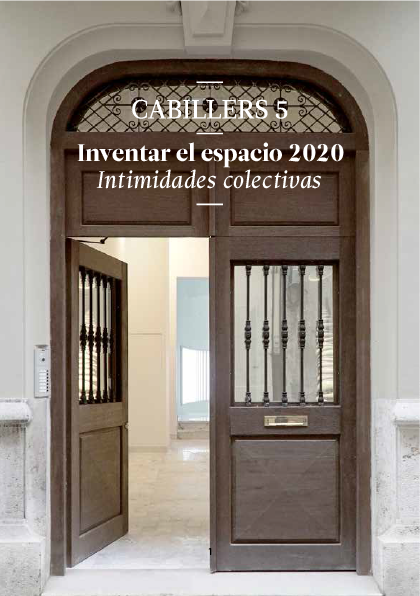“To intervene in a space is a way of inhabiting it, a way of giving it life in order to produce new meanings within it. It implies therefore to coexist with it in intimate complicity, changing necessarily its value and sense during this coexistence. For this reason, everyone who works on the creation of spaces is usually guided by some preferred definition of what it means to Inhabit.”
“Fascination and stupefaction are thus brought together at the beginning of the journey, a feeling that coincides with that perplexity that Maimonides admired so much: far from being negative, it is a necessity, a stimulus to ask questions and induce thought. In certainty there is no progress or innovation, while perplexity moves us to leave established reality, becoming the path to enlightenment. Then there is only one option left: to begin an ascent that could be understood as an exercise in desire, one of the most insinuating words in our lexicon and which moves this universe.”
Pedro Medina, Febrary 2020
Extract from the text "Inventing Space 2020 - Collective Intimacies"
VENSKE & SPÄNLE
“Smörfs”
Venske & Spänle’s sculptures interact with the space and the architecture where they are shown. During the exhibition “Valencia en reojos” at the Gallery Ana Serratosa in 2016 they playfully take on valencian sights, such as “Miguelete” or “Murcielago” the mascot of the city of Valencia also seen in Cabillers Street.
In the city center of Valencia, the sculptures known as “Smörfs” populate one appartement and explore the edges of a dividing wall sitespecifically. Since the artistic enviroment of the house seems to be a growing forest due to the works of several different artists, Venske & Spänle’s marble sculptures greet the visitor entering the building on the ground floor.
They incorporate the surfaces of the architecture and transform them into chewy organic mass. On the top floor of the building the marble stairs come to live and seem to grow onto the wall to form their own enviroment as a blossoming pure white flower.

BERNARDÍ ROIG
“Light-breath exercises”
A sculpture is not a thing. Nor an image. In any case, a sculpture would be the presence of an absence. This white, voluminous figure, made of piled up meat, apparently heavy, without texture and deaf is not there. It is not even expected.
Nor is there a clueless deer circling in a claustrophobic void, no branches, no words, much less gold leaf. Neither tablets in Arabic, nor aphonic voices in Farsi. Nothing.
This is the place where everything is yet to come -images are always delayed- even so, they are always delayed before us.
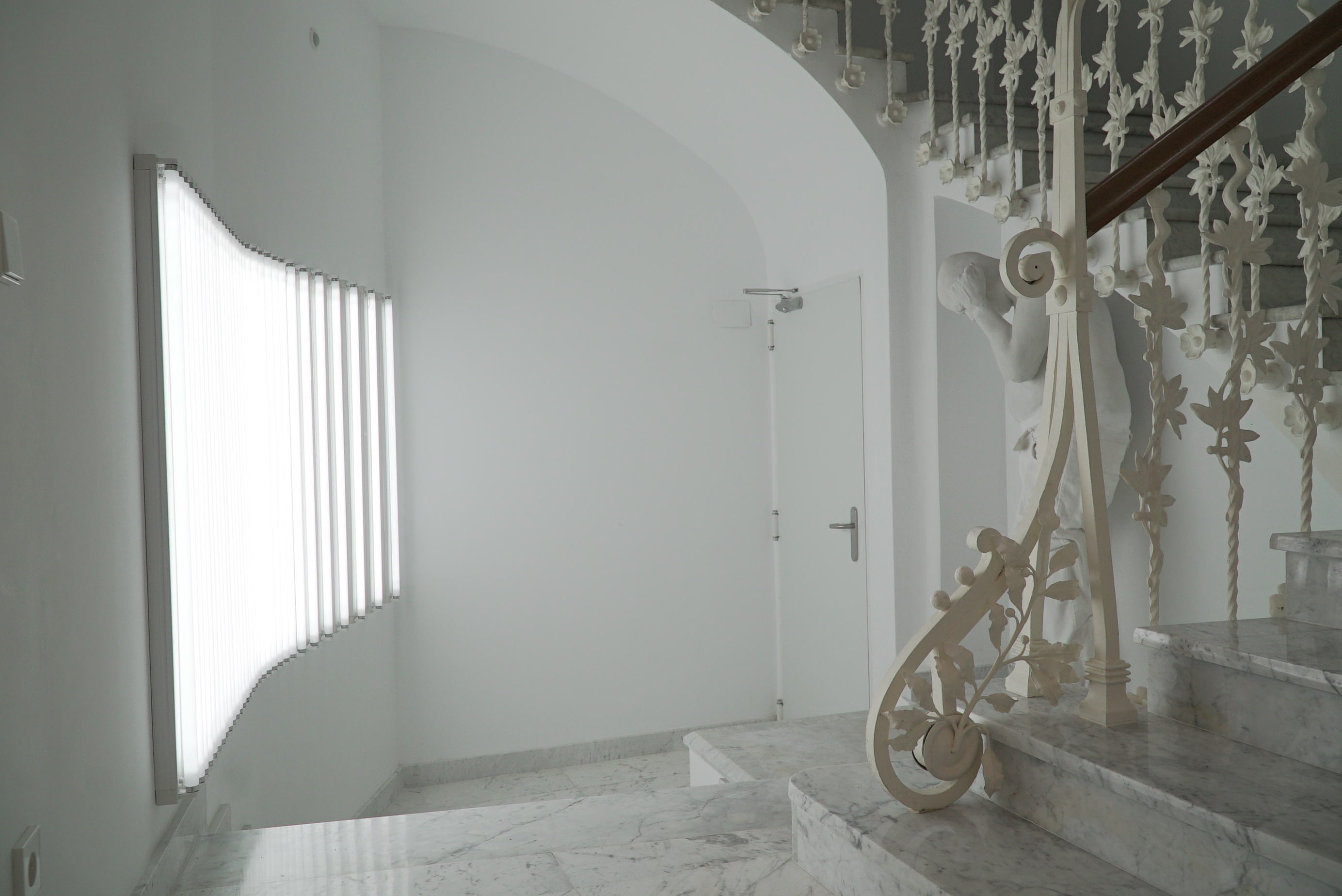
JAVIER RIERA
“The infringed light”
Deer sequences have been extracted by a slow process of rotoscoping from images recorded by Javier Riera of animals in the wild. The aim of this process is to make the animal present through the naturalness of the image.
In a time before any concept of architecture, primitive man painted animals on the walls and ceilings of caves, in what has been interpreted as an act of invocation, not exempt from admiration*, and whose ultimate purpose could be the hunting of the animal as a basic means of survival.
This project seeks to repeat, with today’s technology, that primitive act in order to propose a new invocation model invocation, which no longer seeks to capture the animal but to approach and understand its essential qualities and, finally, the need for its existence. Repeat to revise, in this case, our basic concept of survival in relation to nature.
Often present in prehistoric paintings, the deer acquires throughout history a strong symbolism, which relates it to the tree, the mystique of light and concepts of cyclical renewal. It has been linked, by authors such as Cirlot, to the Tree of Life by the similarity of its antlers to the tree branches and is a symbol of the spirit for mystics such as St. John of the Cross.
Since ancient times the symbolic spectrum of the deer has been a bridge between the instinctive and the spiritual, the earth and the sky. Its presence on this staircase is linked to the poetic ascensions that use the staircase as a metaphor.
*Various studies on prehistoric drawings seem to conclude that primitive man represents himself as an inferior being to the animals, which he admires. Apparently the development of consciousness brought about a feeling of shame or guilt at the loss of unity with nature, which is surely at the origin of the biblical myth of original sin.

JOSE LUIS ALBELDA
“Chapel for a wild thistle in Bloom” (First floor)
The gold leaf has a direct relationship with symbolic sacredness: what it welcomes among its leaves is what is culturally important, what is religious, what helps us to connect with something that transcends our daily experience.
Gilding, in the manner of a chapel, the space of a house to hold the portrait of a small wild thistle, is an exercise in recovering the link with natural beauty, which so often becomes imperceptible to our gaze.
“Giverny’s Memory” (Second floor)
Monet’s garden in Giverny was a Project of individual happiness: Monet built next to his house and studio a garden of splendid diversity, which served for his vital enjoyment as well as motive for his paintings. But contrary to what the paintings of the Ninfeas might suggest, it is not a very extensive garden, it is rather recollected, folded back on itself: an intimate garden that his paintings expanded to a planetary dimension.
With “Giverny’s Memory” I wanted to recover this close dimension, to bring the garden into the house, working on the idea of the “interior garden”.
“Biodiversity” (Third floor)
All plant life, in its magnificent diversity, has a common origin, a biospheric energy that feeds it. The idea of the “tree of life” that from the roots feeds with its sap, through branches and fine veins, a world of flowers and fruits, is a great metaphor of the nourishing nature.
Otherwise the painting is nourished by this same vital energy, which in its history has represented nature and all its sacred biodiversity.

BOB VERSCHUEREN Y DOMINQUE SINTOBIN
“In the spiral of steps”
Occupying the space of a stairwell implies thinking about progression, which is similar to the growth of plants. The fact that Ausiàs March lived in this building led me to consider a similarity between the growth of a plant and a poem. Just as one branch begets others, one sentence leads to the next.
To climb a flight of stairs is to take a helical path like the spiral path of vegetables. It is not a question of representing this analogy but of being inspired by it and embracing the forms present in this place.
The texts that extend the branches are aligned with the work of the poet Ausiàs March, with the historical city, while at the same time they are in line with the place itself, with our present time with its torments, in search of beauty and light.

SHIRIN SALEHI
“Gacela 407”
The work I present for the fourth floor of the building is a discreet and silent installation under the title Gazelle 407. The gazelle is a classic metric form of Persian love poetry. The great poet Hafez (Shiraz, 1325-1389) took it from his predecessors to bring it to an overwhelming excellence of symbols and metaphors, while moving earthly love into the realm of mystical love.
I have taken the path of ascent of the stairs, passing through the deer and branches of a forest recreated on the second and third floors, to reach a place at the end of the building, where I can pause for recollection and introspection. Under the light of the skylights, the white ceramic and paper works present incised and veiled writings, belonging to the verses of Hafez. The porcelain tablets appear without glazes or ornaments and the paper rolls accompanied only by ink, as if going up the stairs we were stripping ourselves of everything little by little until we reached the austerity of the language and the silence that lies beneath it.
During the installation the sound of the recitation in repetition of the poem in Farsi accompanies the rest of the work.

